Apple is stating that the new M2 Ultra Mac Pro has the performance of seven Afterburner cards built in. That statement pretty much transforms this ‘innovative and powerful’ card which was developed to accelerate 8K ProRes, into an obsolete one. However, why is Apple still selling it for $2,000? An Afterburner discussion ahead.
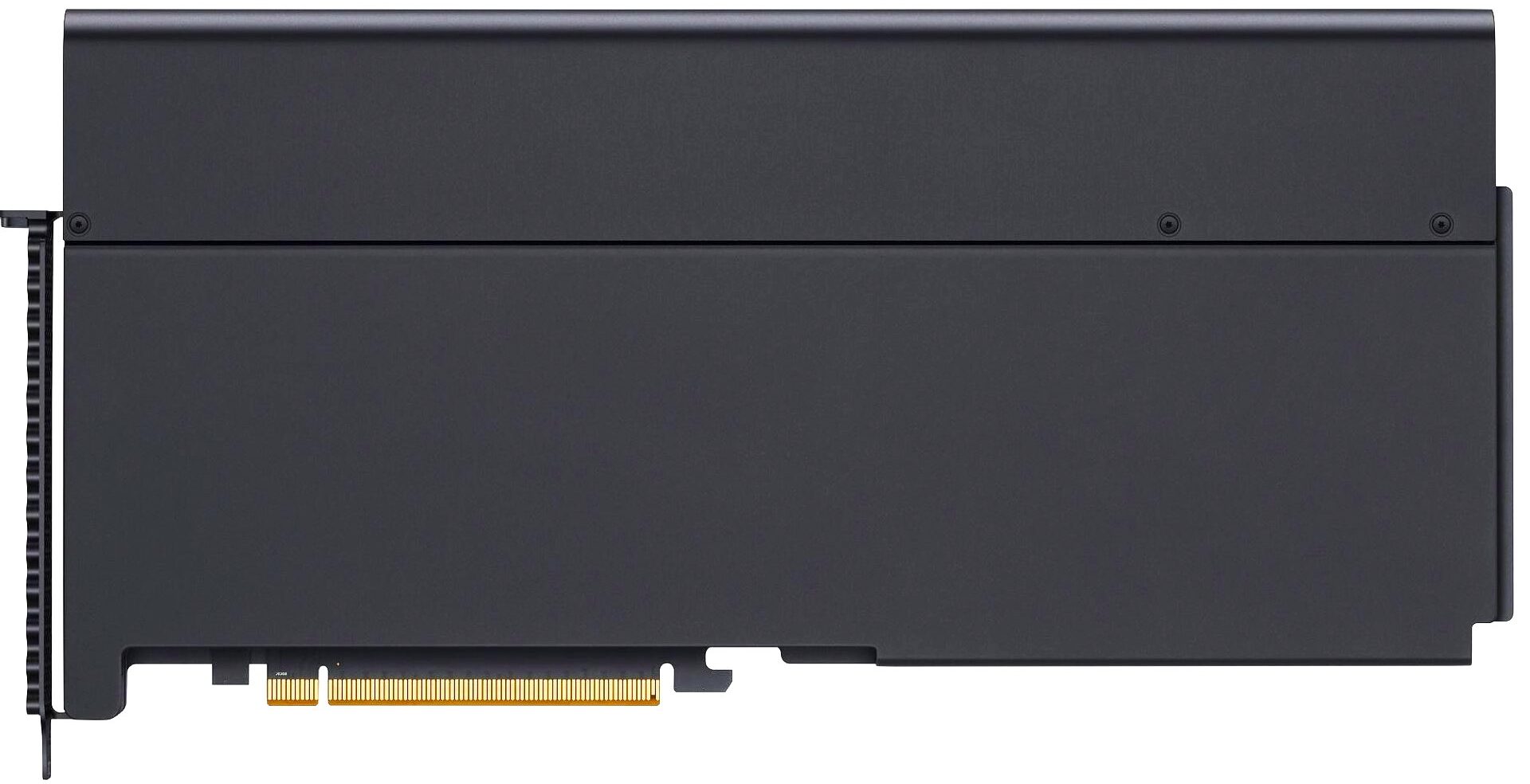
The first Apple Silicon Mac Pro (M2 Ultra)
Yesterday, Apple announced the super anticipated first Apple Silicon Mac Pro. As stated by Apple: “Mac Pro delivers the groundbreaking performance of M2 Ultra, plus the versatility of PCIe expansion, taking the most demanding workflows to the next level. While the Intel-based Mac Pro started with an 8-core CPU and could be configured up from there, every Mac Pro has Apple’s most powerful 24-core CPU, an up to 76-core GPU, and starts with twice the memory and SSD storage. The new Mac Pro can also be configured with up to a massive 192GB of memory with 800GB/s of unified memory bandwidth. This is far more memory than the most advanced workstation graphics cards”. The machine is supposed to become a solid more robust alternative to the Mac Studio, which is pretty capable by itself, especially for heavy professional editing and color grading tasks. Just a reminder, spec-wise, Apple’s Mac Studio is more powerful than the intel-based Mac Pro, and with a fraction of the price. Furthermore, we need to ask ourselves if the Intel-based Mac Pro is still relevant. But let’s address this later on.
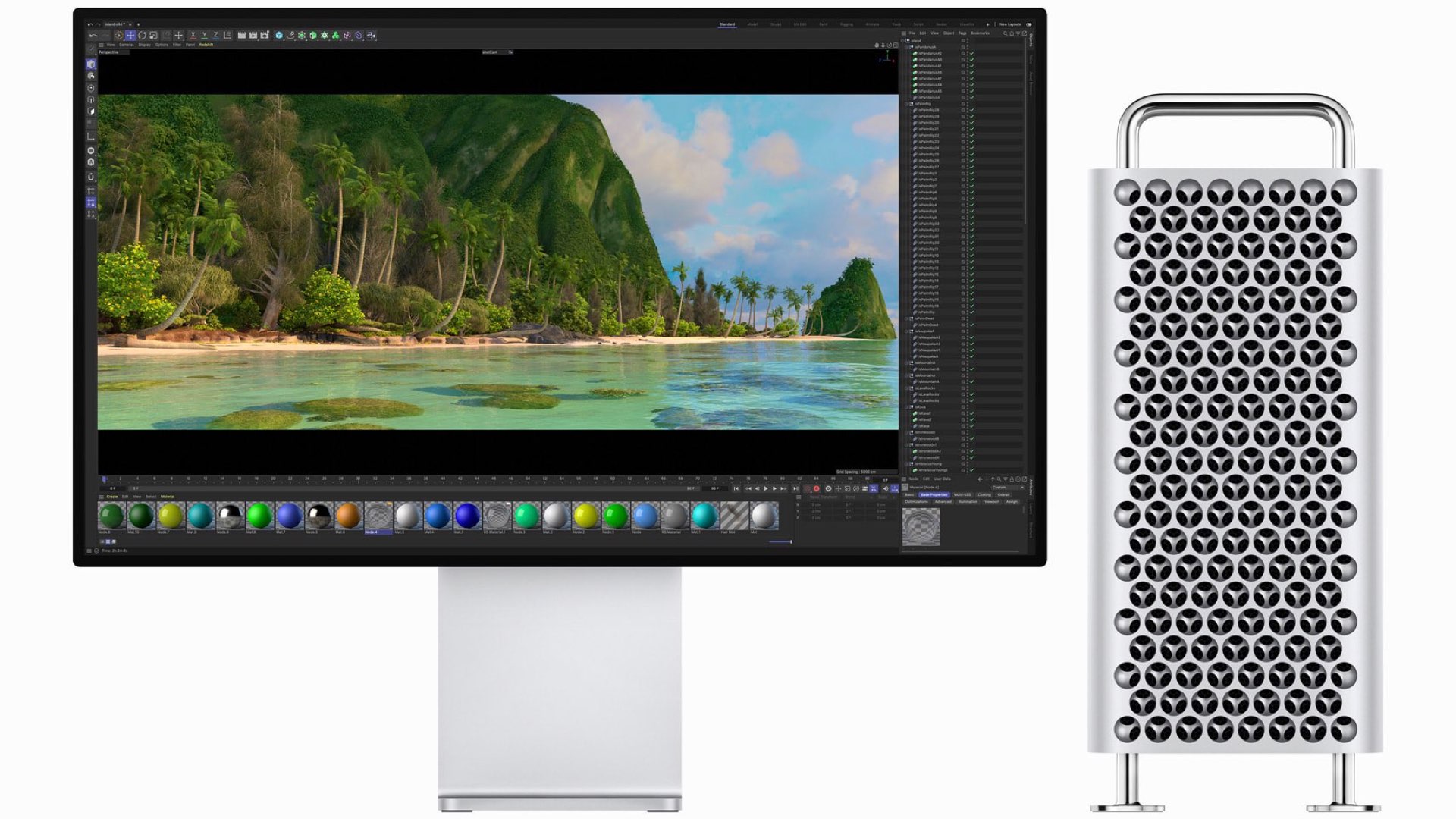
22 streams of 8K (X7 Afterburner)
Apple adds that: “Now every Mac Pro (M2 Ultra) has the performance of not just one but seven Afterburner cards built in. It also features the same industry-leading media engine as Mac Studio with M2 Ultra. Both can play an unprecedented 22 streams of 8K ProRes video. It should be emphasized that the acceleration is only admitted to ProRes RAW. It doesn’t mean that other codecs are left behind, but Apple wants to promote its own codecs, which are ProRes and ProRes RAW. Explore the benchmarks below:
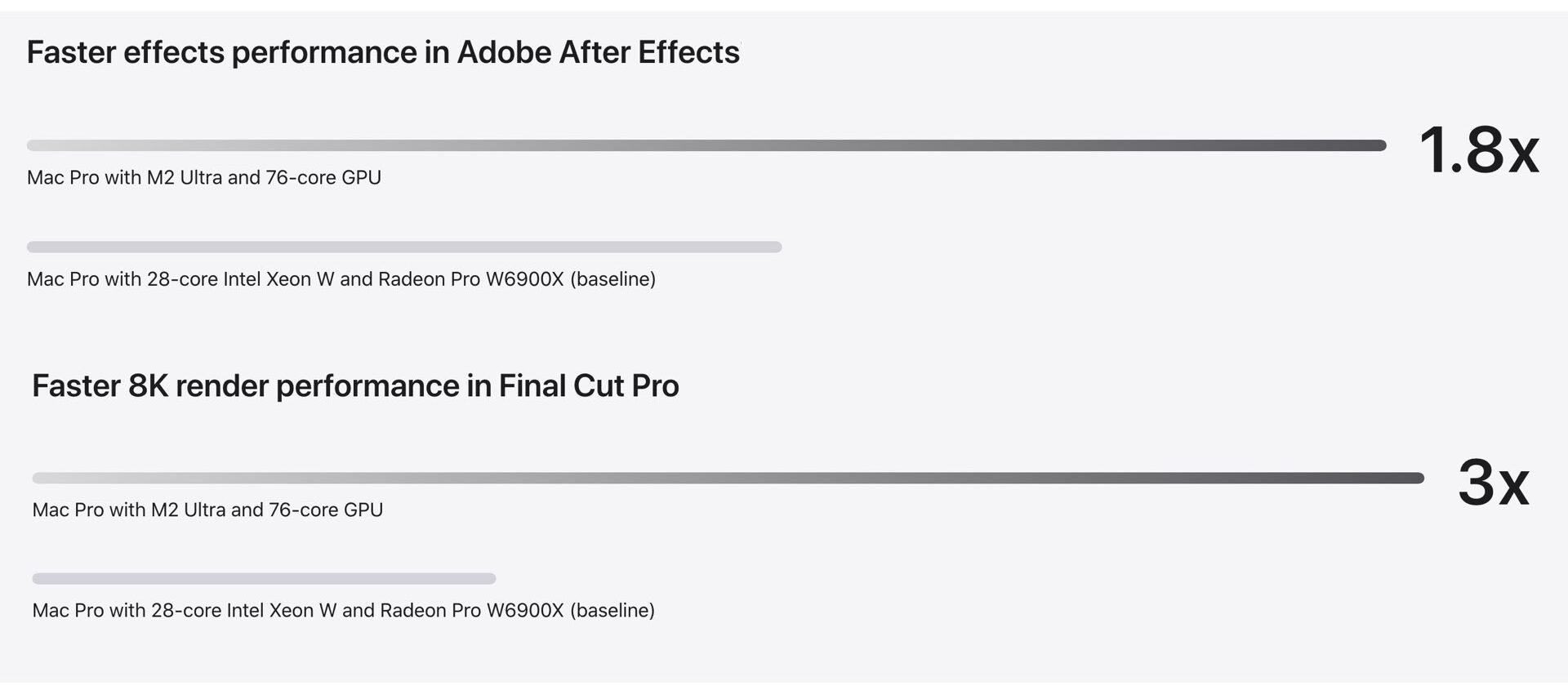
Price comparison of Maxed-out models: $52,000 vs. $11,000
Apple says that: “When compared to the Intel-based Mac Pro, Mac Pro with M2 Ultra: Empowers demanding real-world pro workflows like video transcoding and 3D simulations to run up to 3x faster. Enables video engineers to ingest 24 4K camera feeds and encode them to ProRes in real-time, all on a single machine, when using six video I/O cards”. Also, it adds that: “M2 Ultra puts our most powerful CPU in every Mac Pro. Its GPU with massive unified memory does things other GPUs can’t. And its Media Engine has the performance of seven Afterburner cards built in. Now pros can tackle the most demanding workflows with unprecedented speed and efficiency”. However, the most important comparison is the price of the maxed-out models. We all know the crazy price of the Intel-based maxed-out Mac Pro: $52,000, which BYW, is now worth less than $1,000 according to Apple’s Trade-In program. However, a maxed-out Apple Silicon Mac Pro with M2 Ultra, 24-core CPU, 76-core GPU, 32-core Neural Engine, 192GB unified memory, and 8TB SSD storage, costs only $11,800. That’s a huge difference!
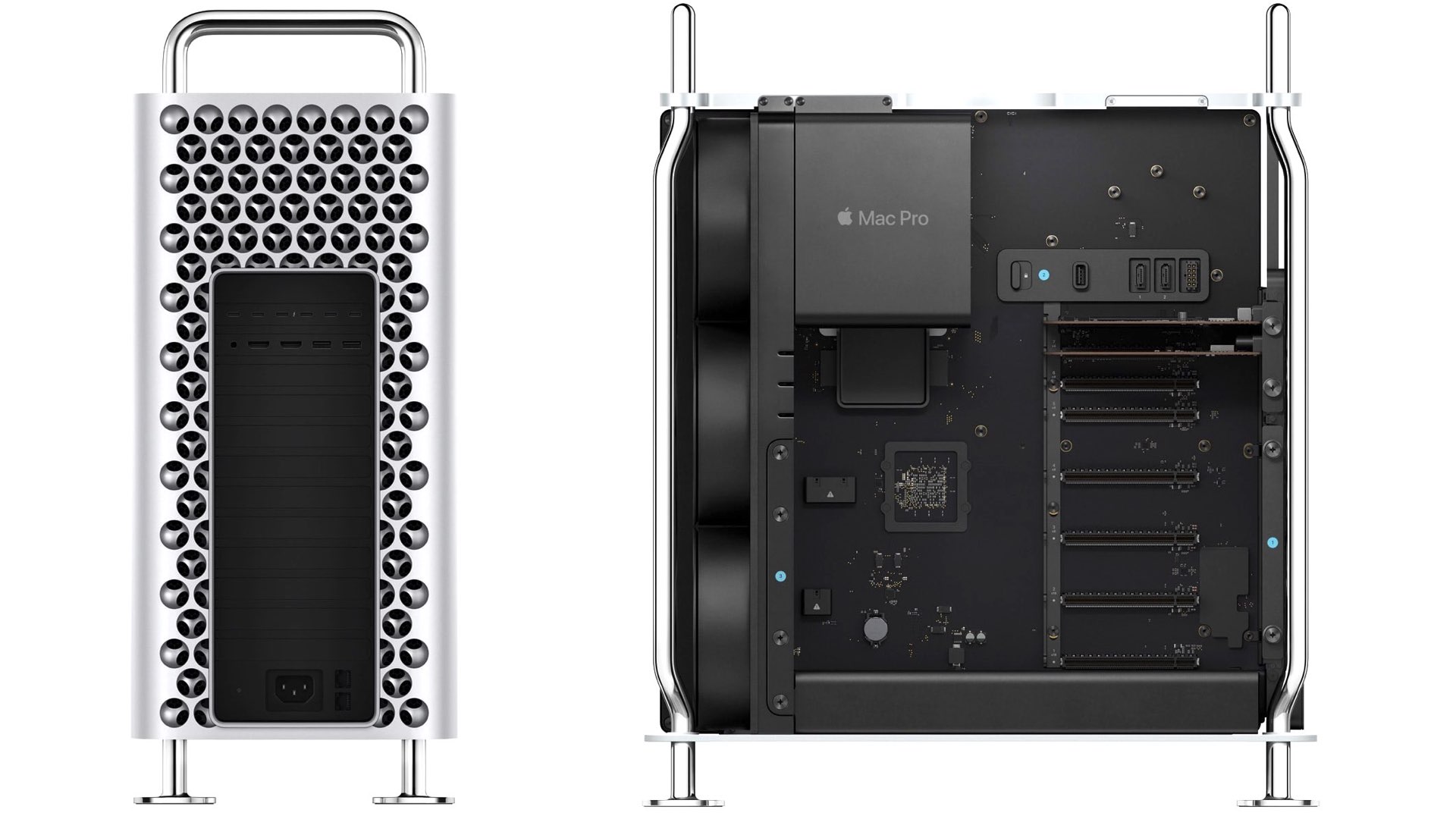
Let’s talk about Afterburner
Now, as stated above, the new Mac Pro has the power of 7 Afterburner cards. Just a reminder, the Afterburner is one of the Mac Pro Intel-based most crucial components and was developed to allow “Professionals to do their most demanding work without constraint” (as Apple said). The Mac Pro’s Afterburner was developed to accelerate only Apple ProRes and ProRes RAW codecs, and it’s not relevant to any other codec. Anyway, the M2 Ultra Mac Pro is capable of editing 22 streams of 8K of ProRes with no Afterburner cards installed. Indeed, Apple said back then that: “The Mac Pro with the Afterburner card is left in the dust by the M1 Pro and M1 Max”. Now it seems to be more true as the launch of the M2 Ultra chip.
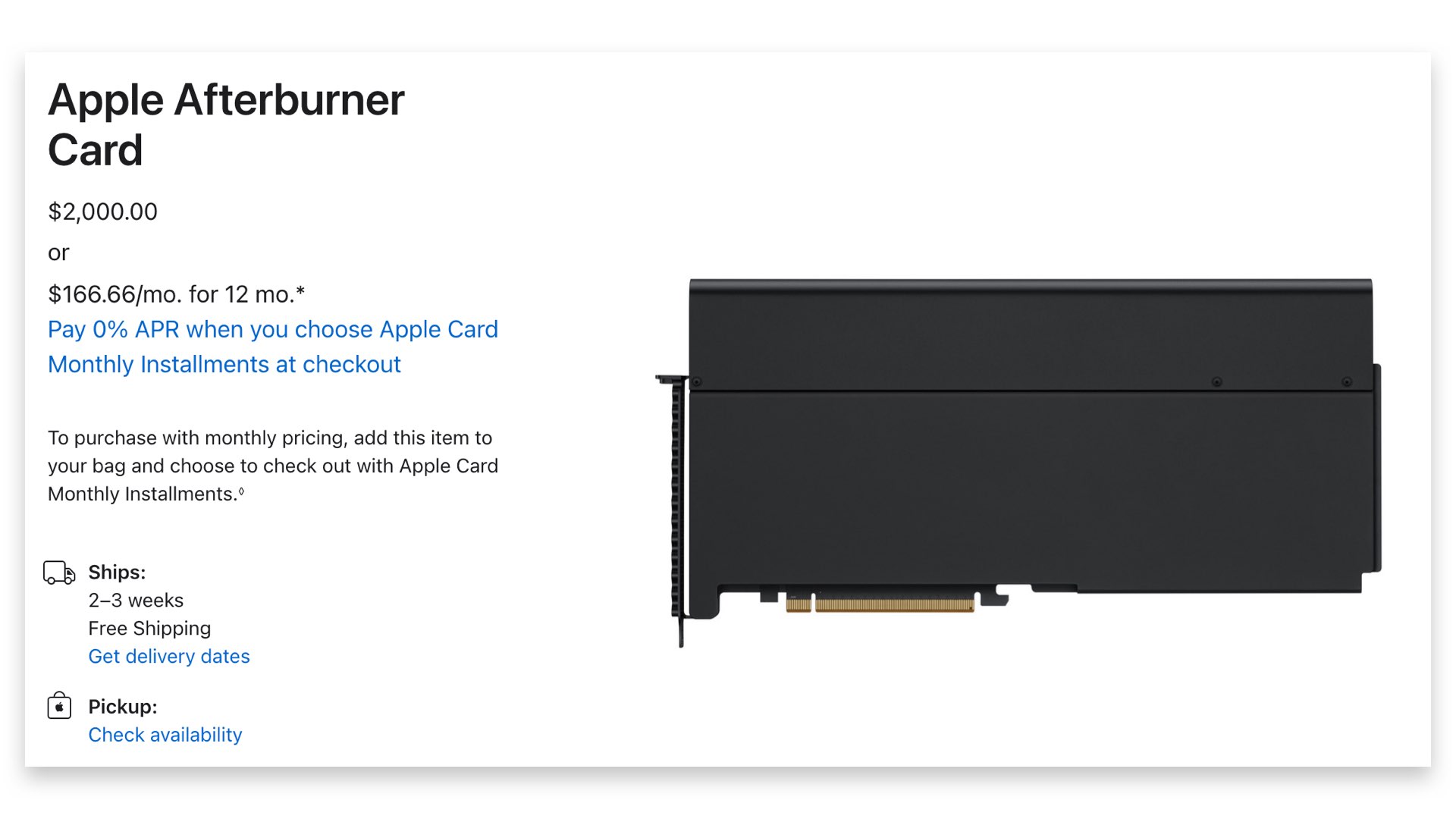
The future of Afterburner?
Hence, by calculating all this info, we can determine that the Afterburner card is an obsolete product, just like the Intel-based Mac Pro. The card is compatible with Mac Pro 2019 model only. If so, why Apple is still selling it for $2,000? BTW, if the new Mac Pro has the power of seven Afterburners, then the cost for the cards itself is $14,000, which is more than the cost of a whole maxed-out Apple Silicon machine. Is this the EOL of the Afterburner?

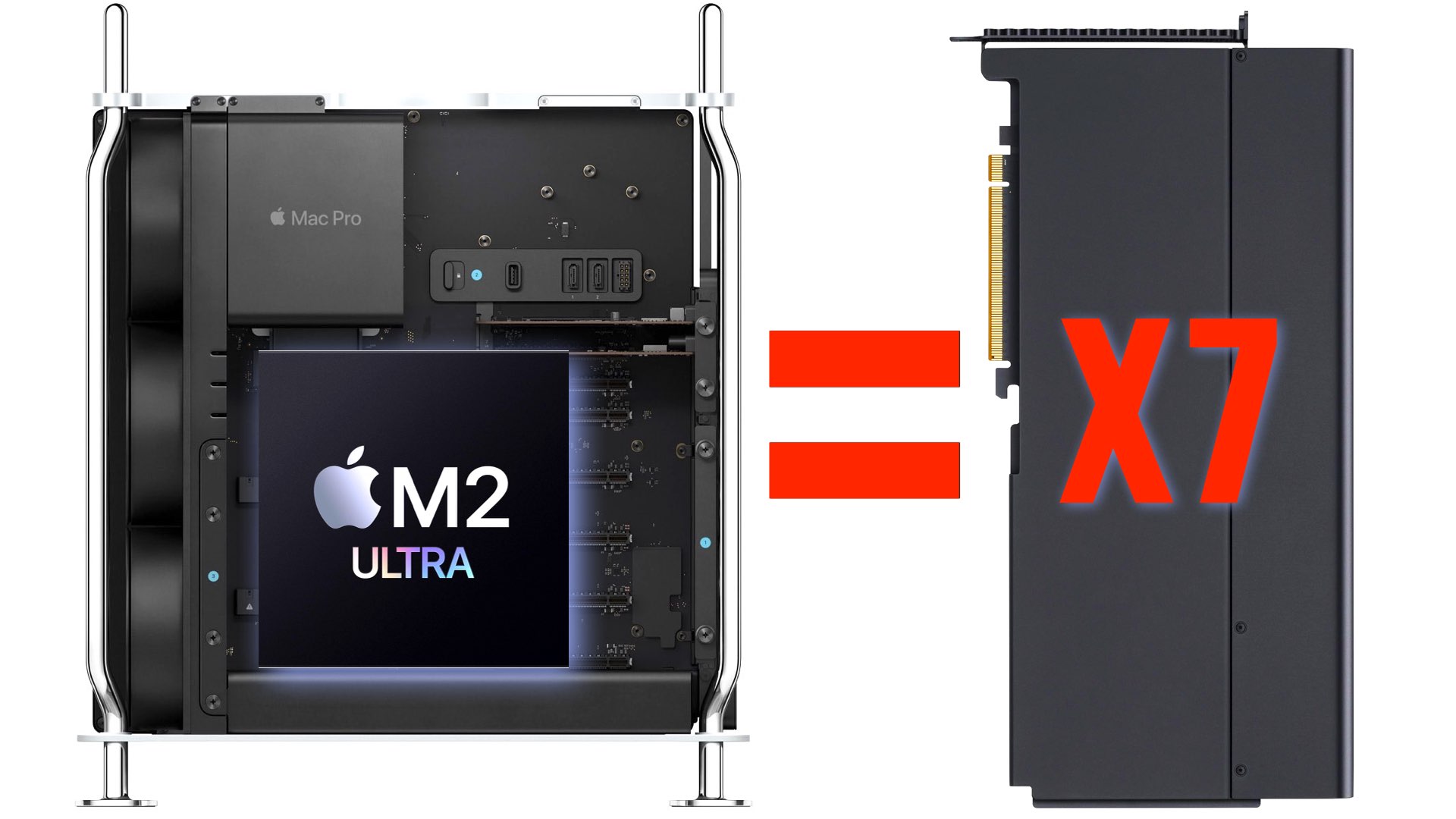



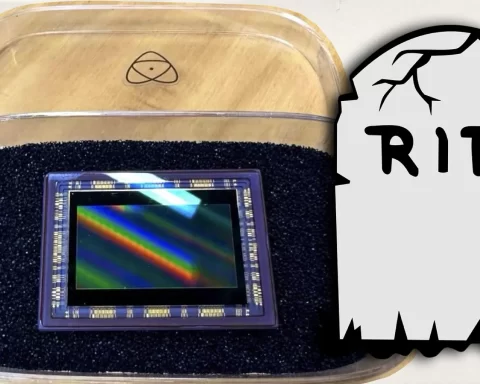

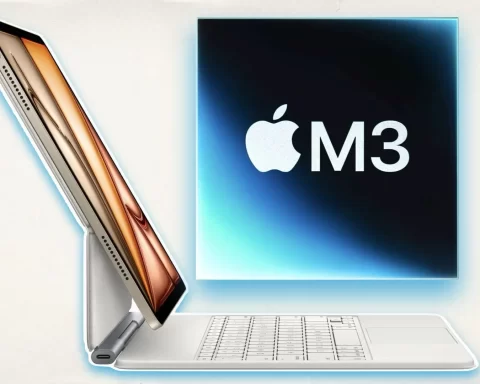

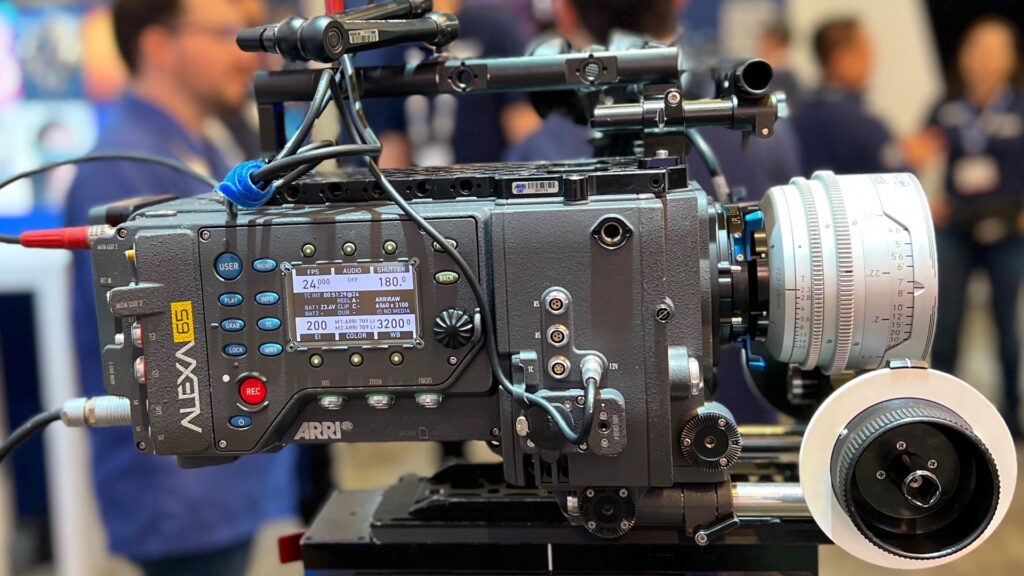
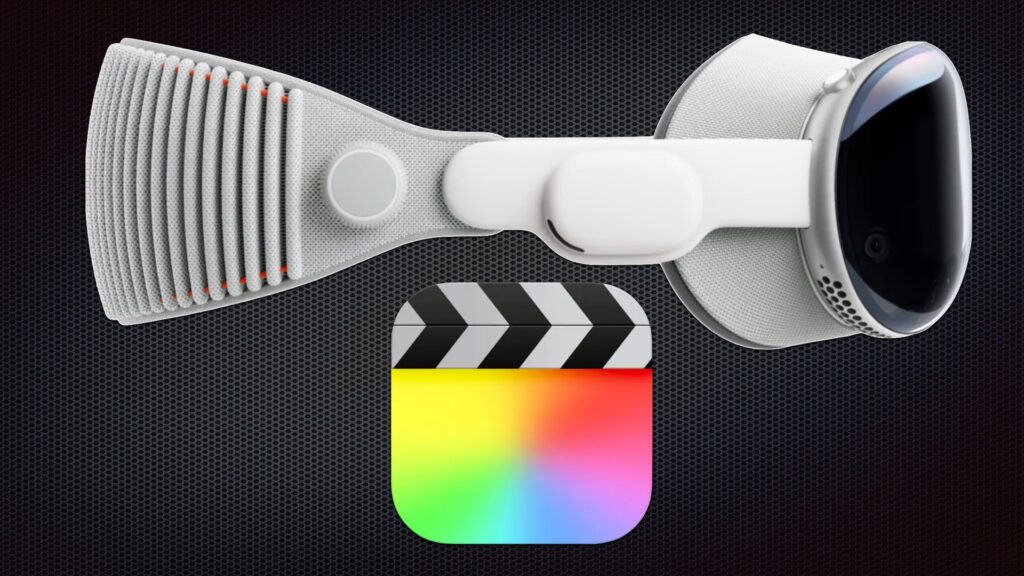






The answer is: it is still selling this card because the new macpro is not on sale yet and because there are people who have invested in a 2019 macpro, who will not upgrade to M2. The market is full of products that are no longer in production because they have been superseded by a new, higher-performance model, but continue to be sold at full price (or slightly less) for those few professionals who need them. I myself paid full price for a battery from an obsolete product, a Ronin M, because I needed it at the time and because I had no interest in changing my entire gimbal ecosystem
The WWDC23 Apple event delivered few unexpected surprises in terms of new apple product lineup and upgrades vs prior gen. The biggest surprise of all was seeing Mac Studio getting an upgrade together with Mac Pro and without offering any differences.
M2 Ultra chip on both models…So what are the users paying the extra $3k? Seems like the extra $3K price tag on Mac Pro vs Ultra is just for the extra internal PCIe slots? This is a very costly mistake Apple is making! Marketing-wise how do you differentiate the two?
That’s how Apple is making serious financial and strategic mistake here with such a lineup by risking cannibalizing their most high-end product – Mac Pro and seriously undermine Mac Pro sales in 2023/2024. This was a great day for Mac Studio as there is no need to buy Mac Pro unless you need to have those internal PCIe slots. But, If a user needs an extra expansion and slots, that user can just purchase the older intel-based Mac Pro. It’s much cheaper, more practical and makes more sense to do..
For the new Mac customers in 2023-24, they will be better off with buying the cheaper Mac Studio that runs on the same chip, same specs and cores as Mac Pro. That’s why upgrading Mac Studio this time was a shock to many of us as we did not expect it this time.
Overall, Apple’s desktop product segment at the WWDC23 seemed a bit chaotic and we have not seen any major iMac updates yet. Apple needs to better streamline their processes to make sure they keep timely updating the tech that sells well and generates them big profits + keeps them loyal & dedicated fan base.